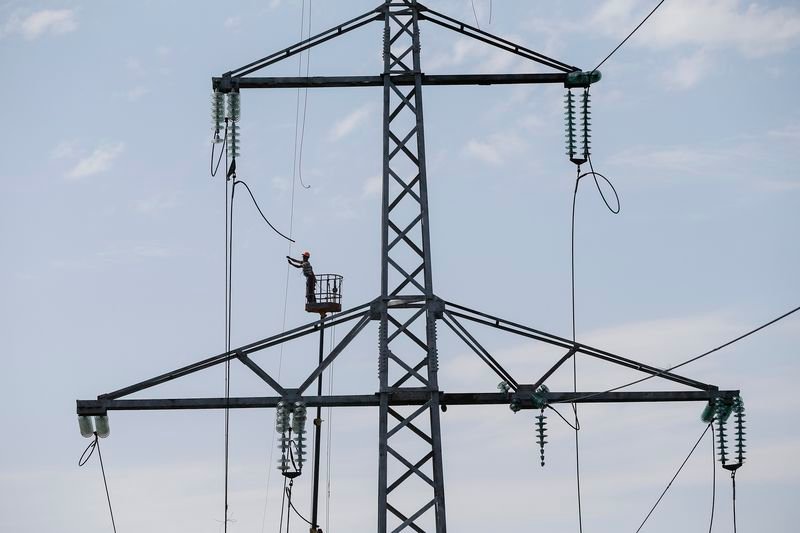Contents
In a recent report by the Labor Department, consumer prices inched up by 0.1% in November compared to the prior month, signaling a cautious increase in various goods and services. This rise comes amidst a decline in energy prices, fostering optimism for a potential moderation in inflation rates.
Key Highlights:
- Consumer Price Index (CPI) rose by 0.1% in November from the previous month.
- Year-on-year, CPI increased by 3.1%, slightly deviating from economists’ forecasts.
- Core CPI, excluding volatile energy prices, surged by 0.3% from the prior month and marked a 4% increase from a year ago.
- Analysts anticipate a continued cooling of US inflation, with a potential easing to 3.1%.
- Gas prices experienced a significant decline, while grocery store inflation remains persistent, affecting household finances.
Details of the Consumer Prices Index
The consumer price index (CPI), a pivotal measure of inflation, reflected a 0.1% uptick in November, marking a 3.1% increase from the figures observed a year earlier. While economists projected no change and a yearly rate of 3.1%, the actual data revealed a slight deviation.
Although the monthly rate indicated a surge from October’s flat CPI reading, the annual rate displayed a decrease from the 3.2% recorded just a month prior. When excluding volatile energy prices, the core CPI showcased a 0.3% increase from the previous month and a 4% rise from a year ago, aligning closely with initial estimations and exhibiting minimal variation from October’s data.
Read More: UK Labour Market November 2023 Statistics Are Out
Consumer Prices Anticipated Shifts in US Inflation
Analysts anticipate a continued cooling of US inflation in November, with businesses likely maintaining overall price stability for the second consecutive month. Factors such as declining gas prices counterbalancing increased food costs are expected to contribute to this anticipated trend, foreseeing a potential easing of inflation to 3.1% from the prior 3.2%.
Here’s the information structured in a table format:
| Month | Consumer Price Index (CPI) | Yearly Change |
|---|---|---|
| November | +0.1% | +3.1% |
| October | No change | +3.2% |
| Core CPI | +0.3% | +4.0% |
| Yearly Core | – | +4.0% |
This table encapsulates the changes in the Consumer Price Index (CPI) and Core CPI from November and October, highlighting the monthly and yearly variations.
A critical metric, core prices—excluding volatile food and energy costs—project a 0.3% rise from October to November. This pace notably surpasses the Federal Reserve’s 2% annual inflation target. Year-over-year, core prices are anticipated to escalate by 4%, aligning with the previous month’s figures.
Economy Insights and the Federal Reserve’s View
The Federal Reserve closely monitors core prices as a dependable indicator of inflation trends. The observed increases in hotel room rates, airfares, and potentially used car prices might have contributed to the acceleration of core prices in November.
Gas prices have notably plummeted since September, registering a national average of approximately $3.35 a gallon in mid-November, down from a peak of $5 about eighteen months ago. Conversely, grocery store inflation remains persistent, with prices lingering around 25% higher than two years ago.
Read More: Unemployment Insurance Weekly Claims Increased Up To 220,000
Consumer Prices Implications for Fed’s Decision
Should core prices indeed rise by 4% in November from a year earlier, it could fortify the Federal Reserve’s decision to maintain its benchmark interest rate for a third consecutive time. Despite inflation gradually declining from 9.1% in June 2022 to 3.2% in October, Fed officials remain vigilant, highlighting that the current pace of price increases remains higher than ideal.
While the Fed is not anticipated to raise rates further, it is expected to uphold its benchmark rate, impacting various consumer and business loans, for several more months, emphasizing a cautious approach amidst fluctuating inflation rates.
Conclusion
The marginal rise in consumer prices hints at a nuanced shift in inflation trajectories, influenced by varying energy costs and persistent grocery inflation. While core prices surge beyond anticipated levels, the Federal Reserve’s vigilance in monitoring inflation remains crucial. The observed trends might substantiate the Fed’s decision to maintain its benchmark interest rate, emphasizing a cautious approach amidst the evolving economic landscape and fluctuating inflation rates.








